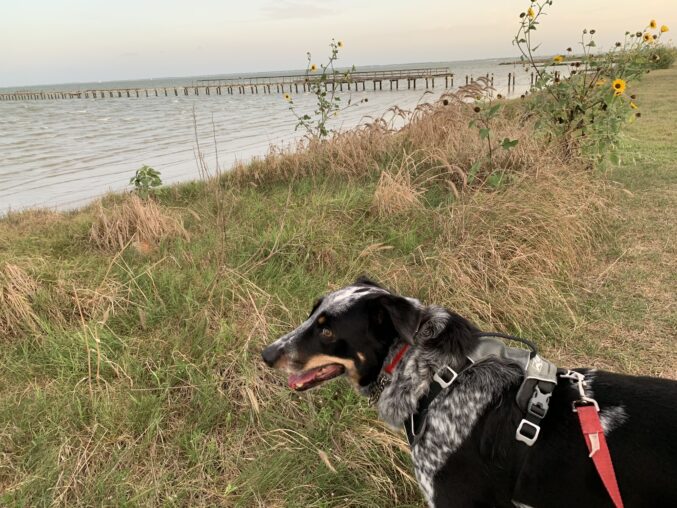When my son Andrew was a freshman in high school, he took a course called AP Human Geography that sounded really interesting to me. My curiosity was even more piqued when my next child took the same class. What is this human geography stuff, I wondered? I asked my kids about their assignments, and it turned out they were studying how humans interact with their environment. They were looking at maps, photos, historical evidence, and other data. How fun!
I love learning how and why people travel, migrate, and choose where to live. Travel stories, journeys of the mind and heart, and different cultures are my favorite subjects to read about. After learning more about human geography from my kids, I realized how perfect an application it would be to the Iditarod, and by extension, the landscape, people, communities, cultures, and values of Alaska. When I saw the heading, “The International Dog Bus,” in Braverman’s book on which my Iditarod Teacher on the Trail (TM) lesson calendar is based, I knew November would be the perfect time to talk about travel, migrations, and exploring new places.
To give you a hint of what you will encounter in this lesson, here are some questions to reflect on. What special memories do you have of a place you visited? You have captured a sense of place. Have you ever had to rely on a mental map to get somewhere? Or moved to be closer to family, drawing on your kinship links to gain a foothold in your new location? Studying such human geography concepts can highlight patterns in our lives that we may not have noticed before.

The cultural landscape of downtown Anchorage shifts on the day of the Ceremonial Start.
Photo: K. Newmyer
It’s even more fun to think about human geography and the Iditarod! The Iditarod presents unique local culture for those who visit. For people who have yet to witness this exciting and amazing event first-hand, it evokes a perception of place. Each checkpoint has its own cultural landscape. If we pay attention, we can absorb aspects of the nonmaterial culture of the Iditarod such as its values and aesthetic. People from all over the country engage in periodic migration to Alaska to experience the Iditarod. I hope you are starting to see how much fun you and your students will have by viewing the Iditarod through this lens!
I am really excited to bring you this lesson. It’s designed for secondary world geography studies, but so many of the concepts could apply to history and general geography, as well as physical science and even cultural studies. You can introduce some of these terms to upper elementary also. Because the Iditarod embodies the concept of a “trail,” I have added resources about the Iditarod National Historic Trail as well as first-hand accounts of people’s experiences. The lesson also encourages you and your students to explore many other historic or national trails including your favorite local ones.

Gus and I enjoy a stroll around Pine Gully Park after a hike on the Seabrook Trails.
Photo: K. Newmyer
You can access the complete lesson here. I would love to hear what you and your students gleaned about the Iditarod, Alaskan culture, trails, and your own lives through learning human geography. Email me at emailtheteacher@iditarod.com.


